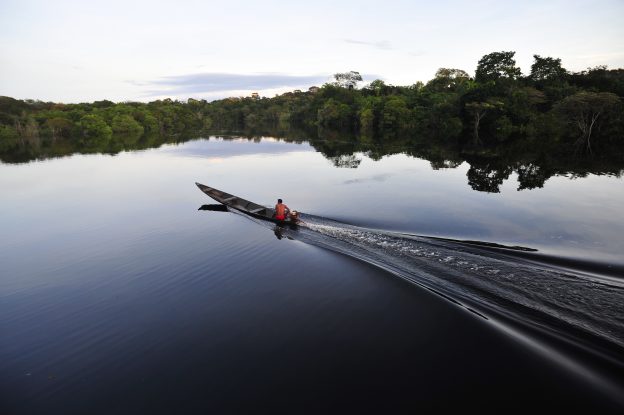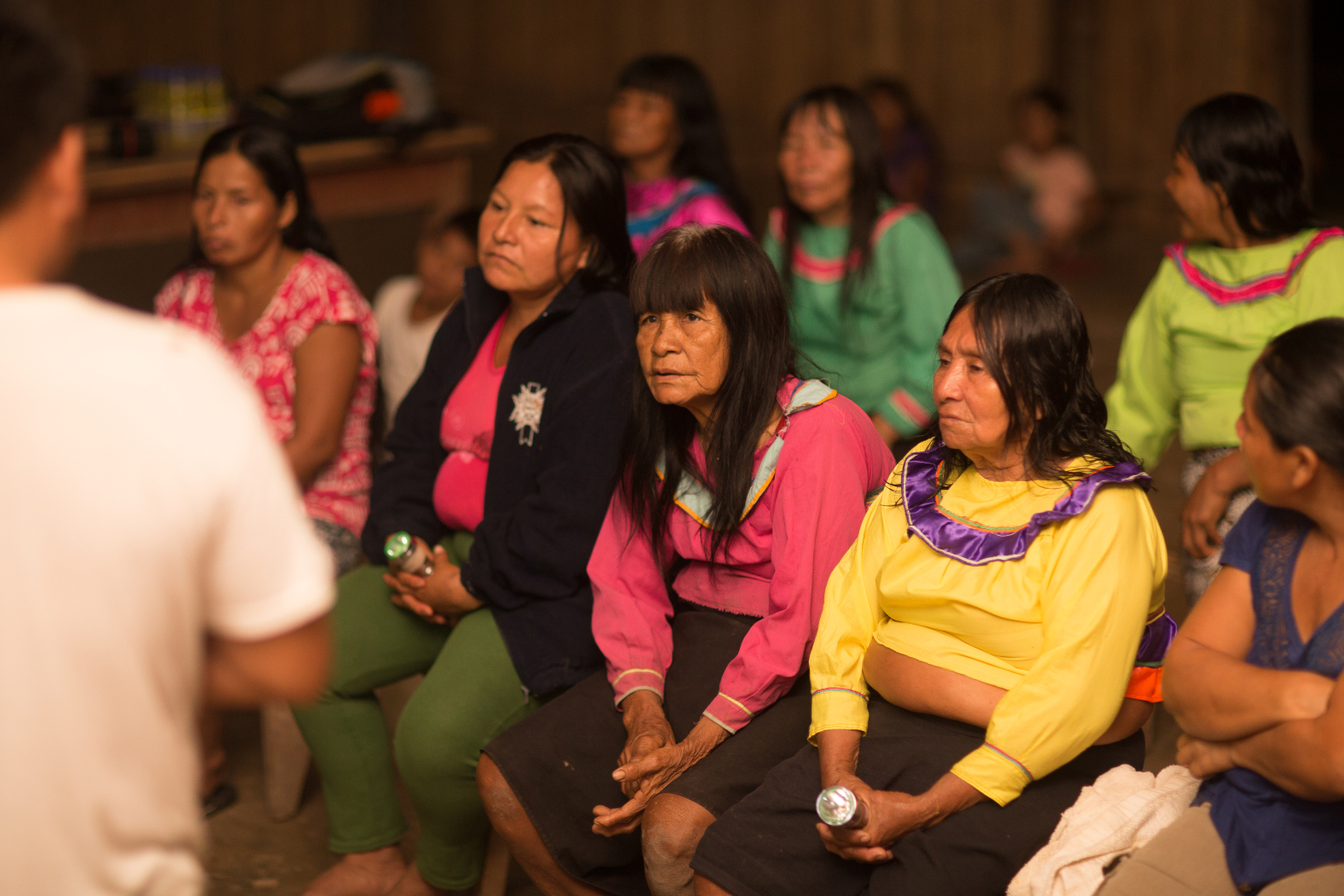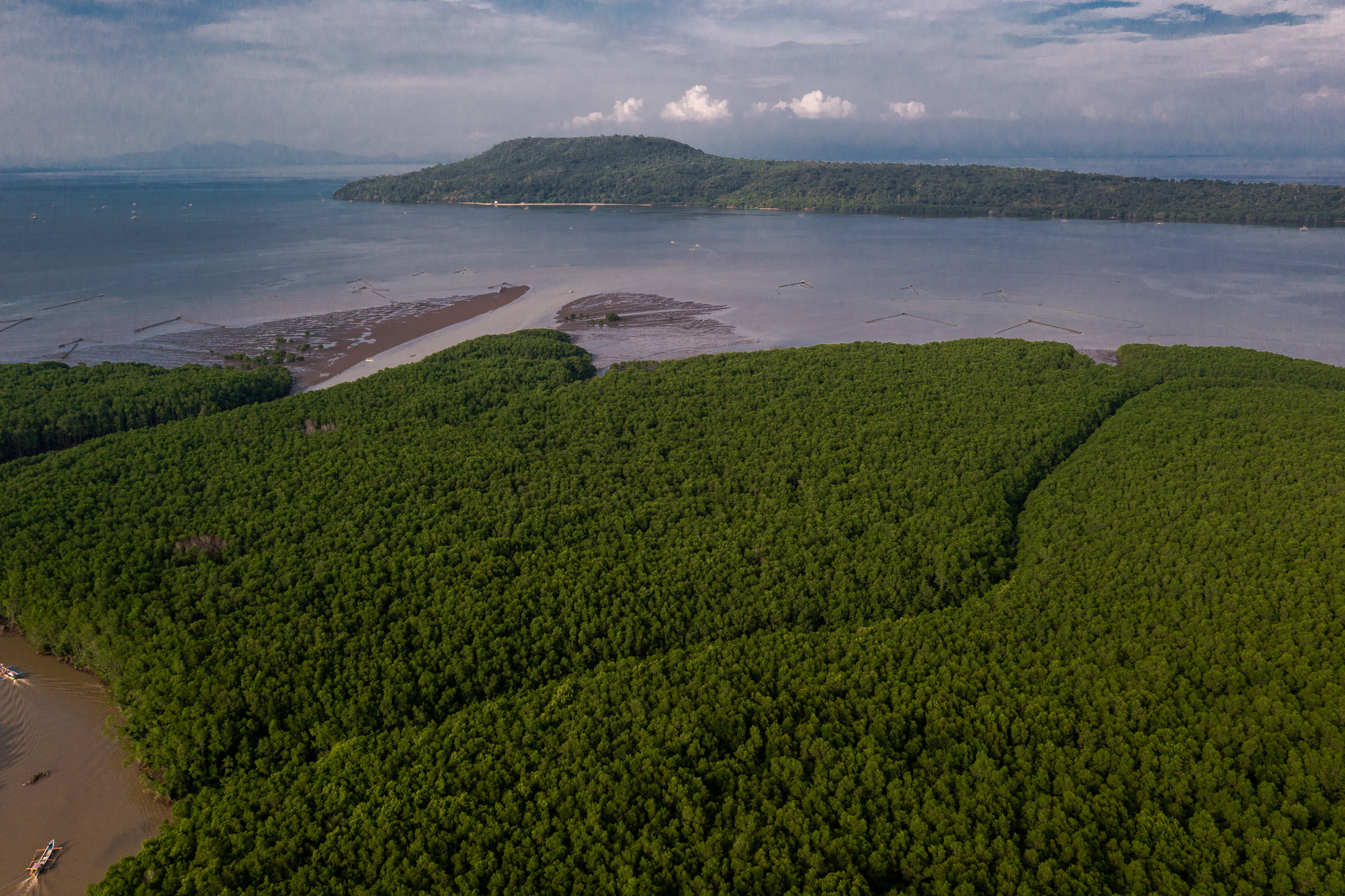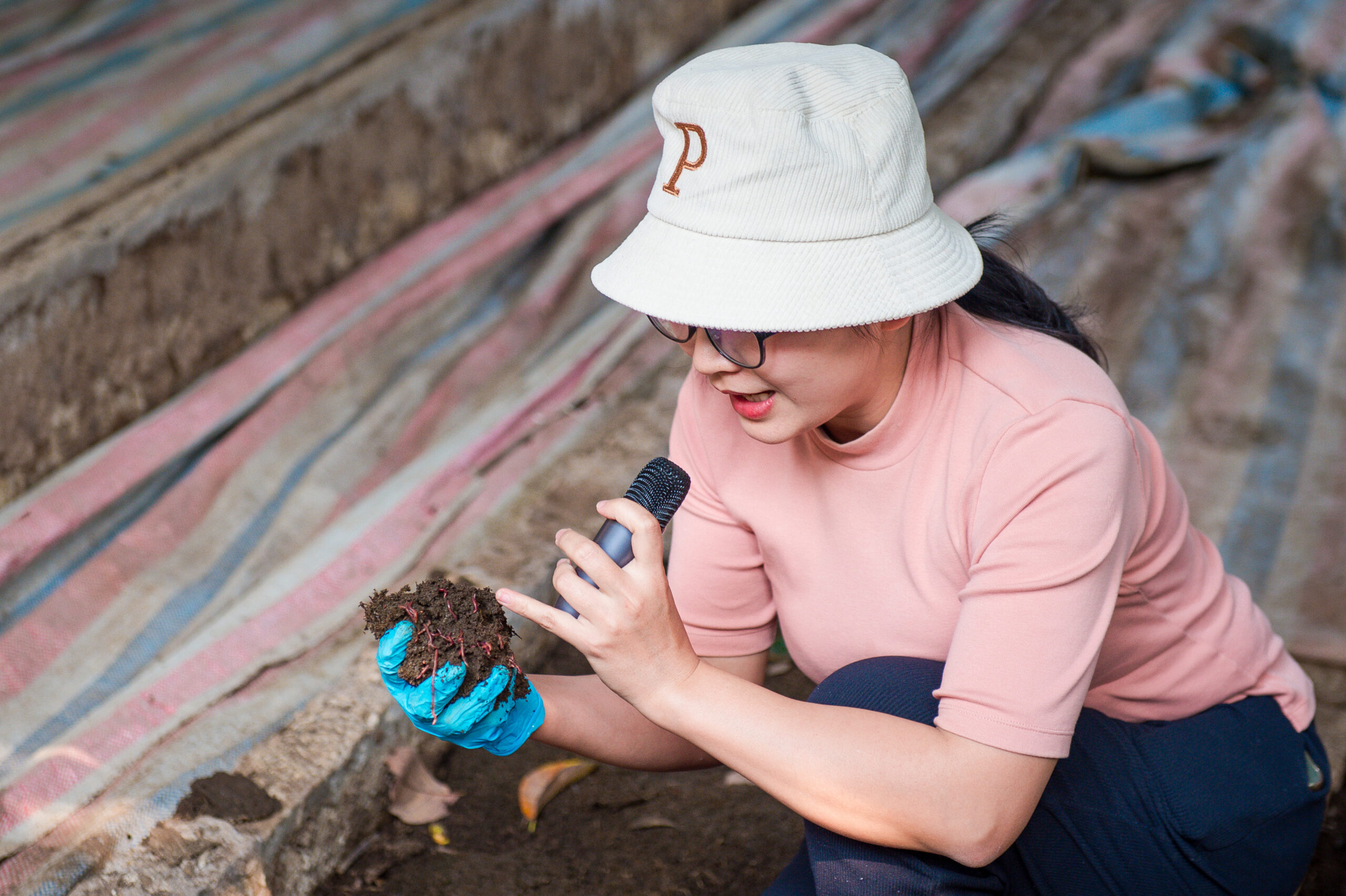When CIFOR researchers Iliana Monterroso and Kristen Evans began investigating how to improve inclusivity in multi-stakeholder forums (MSFs), they had no idea that the research literature would yield some of the most obvious but taken for granted solutions, like providing childcare to boost women’s participation.
MSFs are decision-making and dialogue platforms that occur worldwide at all scales, from global climate change negotiations to village-level forest-use decisions.
Organizations commonly hold MSFs when they need to bring together diverse groups of people who have a stake in an issue to share ideas and opinions. But research shows that just by inviting people to the table, inclusivity is not necessarily addressed.
In “Getting it right: A guide to improve inclusion in multi-stakeholder forums,” a team lead by Monterroso scours the research literature and interviews practitioners across three continents to identify lessons from inclusive and non-inclusive MSFs and presents a set of steps and tips to boost the impact of women and Indigenous Peoples in current and future MSFs.
The guide operationalizes inclusivity at specific trigger points during the design, implementation, and assessment of an MSF where the researchers believe action is most effective. It also adapts a human rights-based approach, putting women, Indigenous Peoples, and other under-represented groups at the center of the effort.
Ensuring provisions for childcare in a culturally appropriate way not only removes a barrier, but it also sends a clear message that women and Indigenous People are welcome, said authors.
Identifying barriers
“One of the things from the interviews and the literature review that just kept jumping out to me was the importance of childcare,” Evans said. “When we go to MSFs, we know that there are always going to be snacks and coffee breaks. That’s a line item in the budget. But when have we ever been to an MSF where there’s childcare?”
And yet, lack of childcare is one of the many barriers for women and Indigenous Peoples in making sure their voices are counted in local, regional, national, and even international MSFs that impact their lives.
“Ensuring provisions for childcare in a culturally appropriate way not only removes a barrier, but it also sends a clear message that women and Indigenous Peoples are welcome,” Evans said.
This is an example of the many reasons women and Indigenous Peoples remain under-represented or lack influence in these forums. As a result, their opinions, values, and knowledge are excluded in decision-making, which they may not benefit from.
“As rights-holders, women and Indigenous Peoples deserve a place at the decision-making table,” Monterroso said.
“The barriers often come from institutional procedures and structures that frame the norms and rules of how women and Indigenous Peoples can engage, and these can play out in different governance levels,” Monterroso said. For example, at the local level some cultural norms may keep women from speaking in certain public spaces.
A perceived lack of experience or mainstream education can also undermine Indigenous Peoples’ confidence. The tool helps organizers find ways to support their confidence levels. “You help create a foundation for them to become successful leaders,” Evans said.
Training, preparation and capacity development are crucial to develop skills and knowledge, enhance empowerment and give confidence to women, Indigenous Peoples and other under-represented groups so they can participate effectively in MSFs. A REDD+ workshop in Mencoriari community, Peru.
Success factors and trigger points
To address these problems, Monterroso, Evans, and their CIFOR colleagues in Indonesia, Kenya, and Peru interviewed 61 local, national, and global practitioners across Latin America, Africa and Asia to identify success factors that contribute to inclusion, and the constraints that inhibit inclusion of women and Indigenous people. From these, they mark trigger points where MSF organizers can take specific steps to improve inclusion.
“Trigger points are these things people can change which can result in an outsized impact,” Evans said. “They don’t have to be big like changing a culture. They can be as simple as taking care in crafting the agenda. And we’ve seen from the literature that the agenda is an important trigger point.”
“Often the people who define an agenda for an MSF don’t necessarily take the steps for inclusion at that point,” Evans explained. “So that early, you’ve already lost an opportunity to make it inclusive and open up the input.”
Written for organizers, implementers and participants of MSFs at the subnational and national level, the guide encourages users to review inclusivity at different phases of an MSF. Monterroso said, “It’s a way of reflecting on the important questions of ‘How are we doing?’ and ‘Are we getting it right?’”
“This tool isn’t going to solve problems immediately,” Evans cautions. Most of the practitioners the researchers interviewed shared decades-long journeys of fighting to have their voices heard in decision-making forums that impacted their communities. “We think this tool will be a journey as well,” she said.
The researchers hope the tool brings forward issues of equity for everybody and that it makes inclusion a central part of the conversation. Evans said, “Every decision, every discussion should ask, ‘Is this fair to everybody?’ Because that’s what equity comes down to.”
This research was supported by the Rights and Resources Initiative (RRI), the GCIAR Research Program on Policies, Institutions and Markets (PIM), the CGIAR Research Program on Forests, Trees and Agroforestry (FTA)and the CGIAR Gender Platform.











